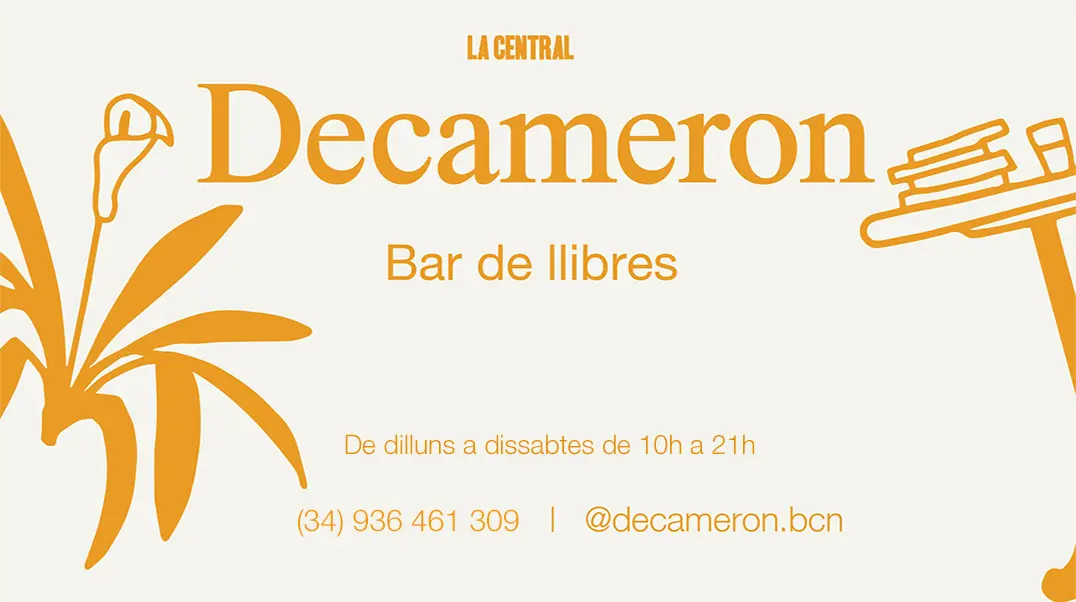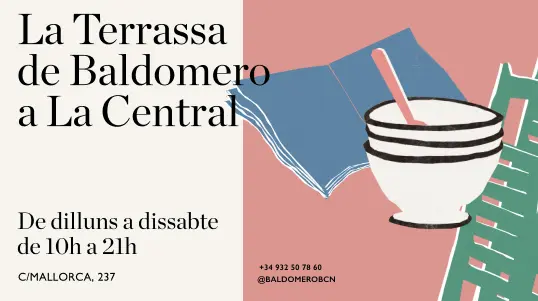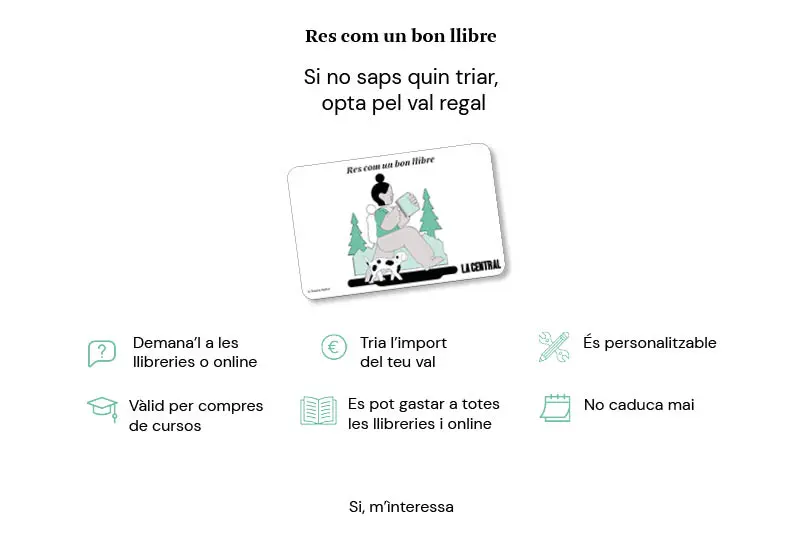Tables of knowledge. Descartes in Vermeer´s Studio

Tables of knowledge. Descartes in Vermeer´s Studio
37,05 €
ENVIAMENT GRATUÏT*
Sense existències ara
Rep-lo a casa en una setmana per Missatger o Eco Enviament*
Descartes believed that his analytic model applied to all fields of research and that all branches of science lead to truth. His many analogies with literature and art notwithstanding, Descartes offers an entry into knowledge that fails nevertheless to take into account how in the seventeenth century Dutch painters such as Vermeer similarly order a view of the world by concentrating on the properties of individual objects. Descartes´s celebrated scientific method offers a protocol for conducting experiments; Harriet Stone argues that this method can also serve as a guide for classifying the findings obtained from experiments. Tables of Knowledge shows that Dutch genre paintings and still lifes enact in visual form a process of recording information similar to that of science, with intriguing results.
Stone investigates such diverse topics as seventeenth-century advances in optics and the attendant explosion of data about the natural world; the proliferation of material goods in prosperous Dutch homes; and the compelling realism of Golden Age paintings.
Vermeer and his contemporaries, she contends, transform a potentially threatening consumerism into the viewer´s aesthetic pleasure. The artists´ depictions of rooms where framed images and maps adorn walls and where fruit, shimmering glassware, gold pieces, and other precious items are set out on tables constitute an inventory of middle-class life. Appealing to both the eye and the mind, Dutch paintings convey meaning by accentuating the luxury of objects displayed in all their specificity. While not without its voyeuristic, sensual, and even lascivious overtones, art offered the Dutch, who labored under the moral austerity of the Protestant Church, a way of bearing witness to ordinary experience that was unmistakably satisfying and surprisingly Cartesian.






